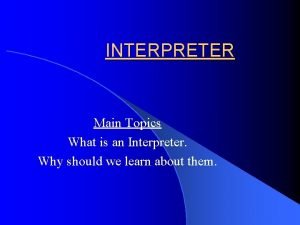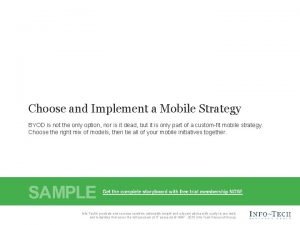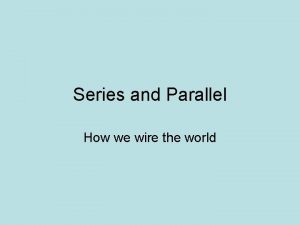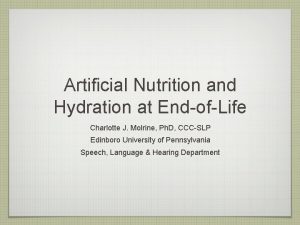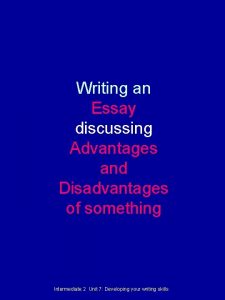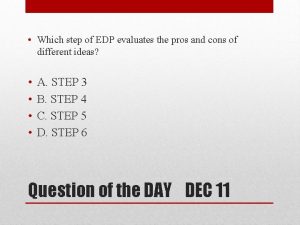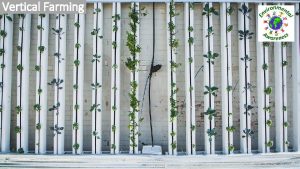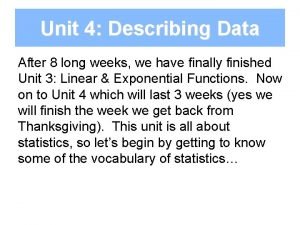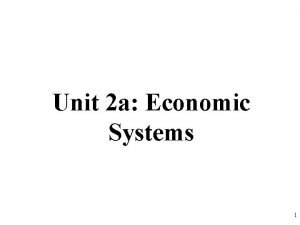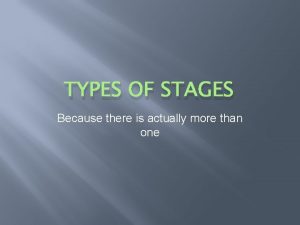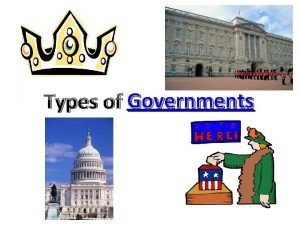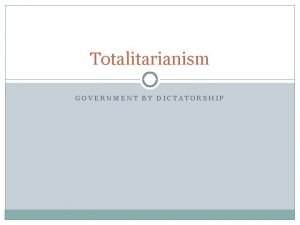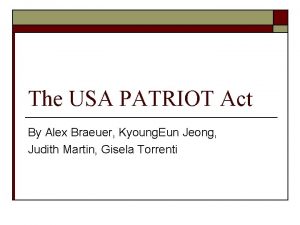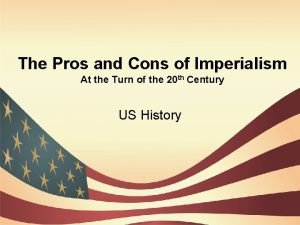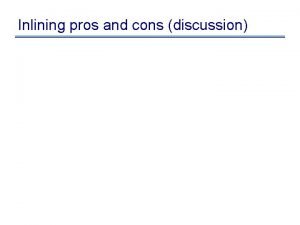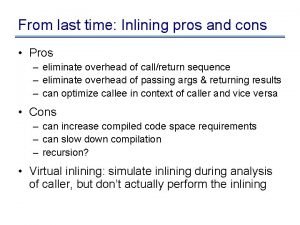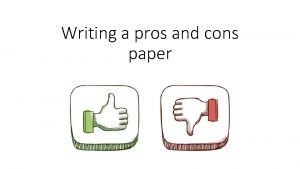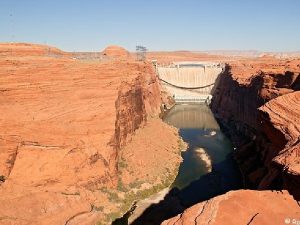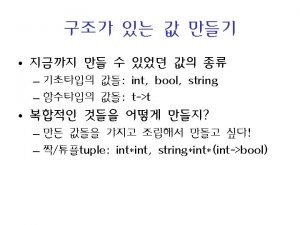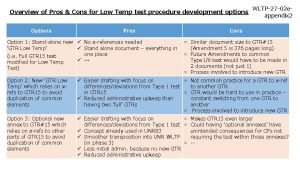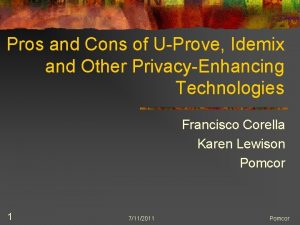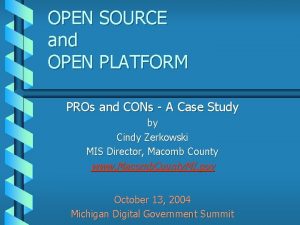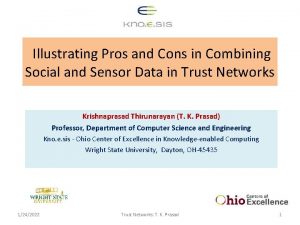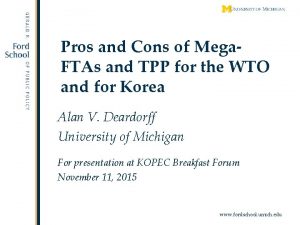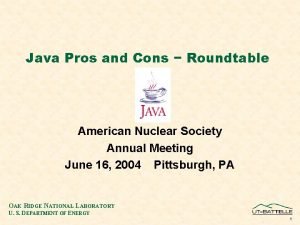Overview What are the pros and cons of

























- Slides: 25

Overview • What are the pros and cons of both renewable and nonrenewable energy? • Is the implementation of renewable energy in modern society realistic? • Coal as an example of nonrenewable energy; contrasting wind, hydro, nuclear as alternatives.

World Energy Use

World Energy Use

PA Energy Use • PA is the 6 th largest consumer of electricity in U. S. (TX, CA, FL, OH, NY) • PA is the 5 th largest producer of electricity in U. S. • Primary energy source is coal

PA Energy Use

Coal: Pros • The only thing that keeps some countries, such as China, using coal is because it’s • A) Cheap: about 4 cents for every kilowatthour of energy produced, or 3, 600, 000 J • B) Efficient: when coal is burned, about 40% of its energy is converted into electricity

Coal: Cons • Coal’s combustion adds more carbon dioxide emissions to the atmosphere than any other resource • Coal plants emit toxins such as sulfur dioxide, nitrogen oxide, carbon monoxide, hydrocarbons, and others www. ecolo. org

Coal: Health Effects • Coal mining deaths are common, especially in other countries • The pollution from nearby factories can enters houses

Pros & Cons • • Pros It’s cheap It’s efficient It’s domestic • • • Cons It pollutes It releases CO 2 Mining is dangerous Strip mining destroys the environment • It’s non-renewable

PA Energy Use

Wind Power Pros • 3 -4. 5 cents/kilowatt-hour (k. Wh) – comparable to coal (? ) over time • Expensive to install, around $1 M for a big 750 k. W turbine • Over time, costs may be mitigated • No water involved • Potential for new technology to improve

Wind Power issues • Wind power has about 20% conversion efficiency—only about half as much as coal power • There are two factors in determining how much power you’ll get: wind speed, and wind consistency www. bpa. gov

Wind Power drawbacks? • Wind farms take up a lot of space • Can dominate a landscape that might otherwise have aesthetic value, and can be noisy: “NIMBY. ” • Can kill birds or interfere with television signal • Expensive to start without capital in place • A challenge to generate power to meet demand www. smh. com. au

Wind Power drawbacks? www. smh. com. au

Wind Power in PA • PA wind potential is 5, 120 MW (22 nd in US) • 155 MW of generation already • About 99 turbines in 5 locations • Power for ~60, 000 homes • 12 th largest in U. S. – Additional 200 MW proposed • About 100 turbines in about 10 locations

Hydroelectric Power Flowing water turns a turbine, providing the kinetic energy to generate an electrical current. Advantages §Economic benefits include: ~No fuel costs ~Low labor §Dams provide recreation and flood protection §Dams have a long life §produces constant power §It conserves fossil fuels §It prevents pollution caused by fossil fuels

Hydroelectric Power Flowing water turns a turbine, providing the kinetic energy to generate an electrical current. Disadvantages §Can have an impact on the aquatic environment § Construction costs are high § People can be displaced when artificial lakes are created

Nuclear Energy in PA • 5 facilities • 9 operating reactors, 2 are local • 18% of PA’s nuclear generated energy is local to Pittsburgh: Beaver Valley

Nuclear Energy in PA Beaver Valley: 2 PWRs (Pure Water Reactors) http: //www. eia. doe. gov/cneaf/nuclear/page/ nuc_reactors/small_pwr. jpg

Nuclear Energy in PA Most other PA plants: BWRs (Boiling Water Reactors) http: //www. eia. doe. gov/cneaf/nuclear/page/ nuc_reactors/small_bwr. jpg

Nuclear Energy Pro & Con • Low CO 2 • Technology exists • High capacity for electrical generation • Reliable operations under optimal conditions; use small amounts of fuel • Long-lived radioactive waste products (10 K yrs) • Accidents have potential to be devastating • Terrorism target • Fuel may be a limited resource; physical and chemical hazards in mining and processing ore • Long lead time to build new facilities (20 -30 yrs)

An online source • http: //www. eia. doe. gov Energy Information Administration (Official energy statistics from the US Government) http: //www. eia. doe. gov/oiaf/ieohcon. html

Alternative Energy Sources • It’s not easy to quantify exactly which renewable resource is better—each has its pros and its cons • Renewable energy may not replace fossil fuels overnight, but technological advances may close this gap in the future


 Insidan region jh
Insidan region jh Hub and spoke airport
Hub and spoke airport Pros and cons of compilers and interpreters
Pros and cons of compilers and interpreters Pros and cons of byod and cobo
Pros and cons of byod and cobo Parallel circuit
Parallel circuit Pros and cons of artificial nutrition and hydration
Pros and cons of artificial nutrition and hydration Objective and task method pros and cons
Objective and task method pros and cons Discusses advantage and disadvantage
Discusses advantage and disadvantage Trebuchet pros and cons
Trebuchet pros and cons Canvas lms pros and cons
Canvas lms pros and cons Waldorf education pros and cons
Waldorf education pros and cons Virtual job fairs pros and cons
Virtual job fairs pros and cons Vertical farming pros and cons
Vertical farming pros and cons Pros and cons of kinesthetic learning
Pros and cons of kinesthetic learning Unit 8 describing data
Unit 8 describing data Planned economy
Planned economy Pros and cons of thrust stage
Pros and cons of thrust stage Who governs dictatorship
Who governs dictatorship Advantages and disadvantages of unions for employees
Advantages and disadvantages of unions for employees Totalitarianism pros
Totalitarianism pros Usa patriot act pros and cons
Usa patriot act pros and cons Germany pros and cons
Germany pros and cons American imperialism pros and cons
American imperialism pros and cons Barbara cons
Barbara cons Pros and cons of electrical energy
Pros and cons of electrical energy Pros and cons of organic farming
Pros and cons of organic farming


